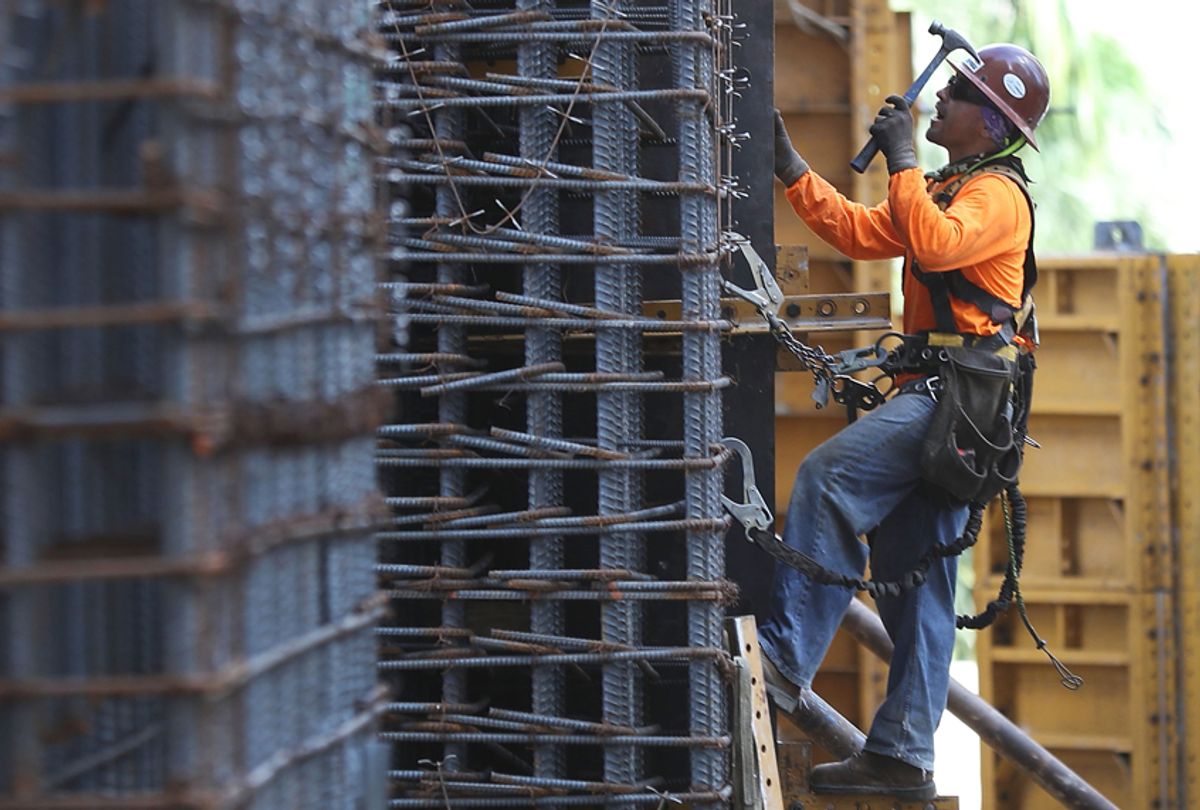Exactly six years ago, Mark Rainey, 60, was admitted to the hospital with a core body temperature of 105.4 degrees after his first day on a roofing job. He was diagnosed with heat stroke. He died 21 days later.
The Dayton, Ohio, roofing firm that Rainey was working for, A.H. Sturgill Roofing Inc., was fined $8,820, but a commission dominated by Trump appointees could throw out that fine in a case that might make it harder to discipline firms whose workers sicken or die from working when it’s too hot.
James Sullivan Jr., a Trump appointee who previously represented a roofer, questioned OSHA using publications such as a National Roofing Contractors Association safety guide to show that Sturgill knew there was a hazard.
“Has this had a chilling effect on employers?” asked Sullivan, one of the two Trump appointees on the three-member Occupational Safety and Heath Review Commission.
OSHA doesn’t have specific regulations for heat which means it is harder to prove that the employer is at fault. Two former OSHA directors and more than 130 advocacy groups have called for OSHA to develop a heat standard. California,Washington, Minnesota and the U.S. military have heat standards.
“There’s no question it will save lives,” said David Michaels, who headed the agency under former President Barack Obama.
From 1992 to 2016, 783 U.S. workers died from the heat, according to a Public Citizen report. Those numbers are likely to increase with climate disruption.
Rainey was at his first day on the job as a temporary employee on Aug. 1, 2012. The temperature was expected to reach 89, but conditions were about 10 degrees hotter on the roof of the Miamisburg, Ohio, bank building.
Temporary employees such as Rainey are particularly at risk. The Public Citizen report said 17 of 23 heat deaths studied happened in the employee’s first three days on the job.
The National Institute for Occupational Safety and Health recommends gradually phasing in new employees who work in hot conditions over 7 to 14 days and monitoring employees for problems.
Sturgill’s attorney, Robert Dunlevey Jr., said the company’s workers were not exposed to excessive heat and that OSHA was trying to make an example out of the firm. The attorneys said an administrative law judge improperly inflated the heat index and that Rainey was in “exceptionally poor health.”
Rainey was sweating after his morning break and began walking clumsily. At 11:41 a.m. he became ill and collapsed, after five hours of working in direct sunlight, according to the Labor Department.
“Based upon my review of the medical records, there is nothing that would get him to 105 degrees (except) for exposure to heat in the workplace,” said Dr. Theodore Yee.




Shares